Signature Name Susan Glaspell | Role Playwright | |
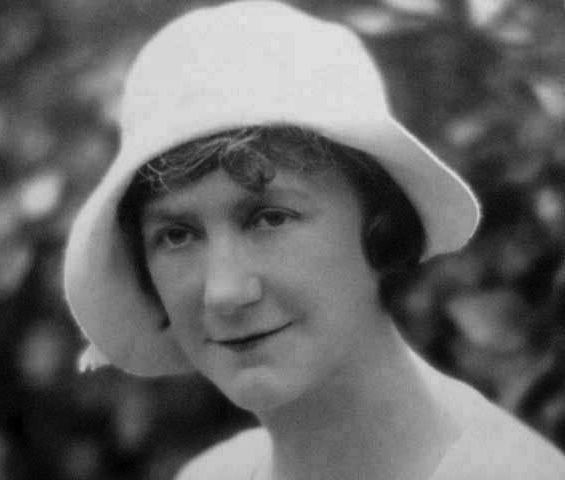 | ||
Born Susan Keating GlaspellJuly 1, 1876Davenport, Iowa ( 1876-07-01 ) Books A Jury of Her Peers, Plays by Susan Glaspell Movies The Right to Love, A Jury of Her Peers Plays Trifles, Inheritors, Alison's House Similar People George Cram Cook, Eugene O'Neill, Kate Chopin, Edith Wharton, Nathaniel Hawthorne | ||
Law-Abidingness: "A Jury of Her Peers" by Susan Glaspell
Susan Keating Glaspell (July 1, 1876 – July 28, 1948) was an American playwright, novelist, journalist and actress. With her husband George Cram Cook she founded the Provincetown Players, the first modern American theatre company. During the Great Depression she served in the Works Progress Administration as Midwest Bureau Director of the Federal Theater Project.
Contents
- Law Abidingness A Jury of Her Peers by Susan Glaspell
- Susan glaspell
- Early life and career
- Theatre
- Late career
- Legacy
- Recent productions
- Fiction
- References
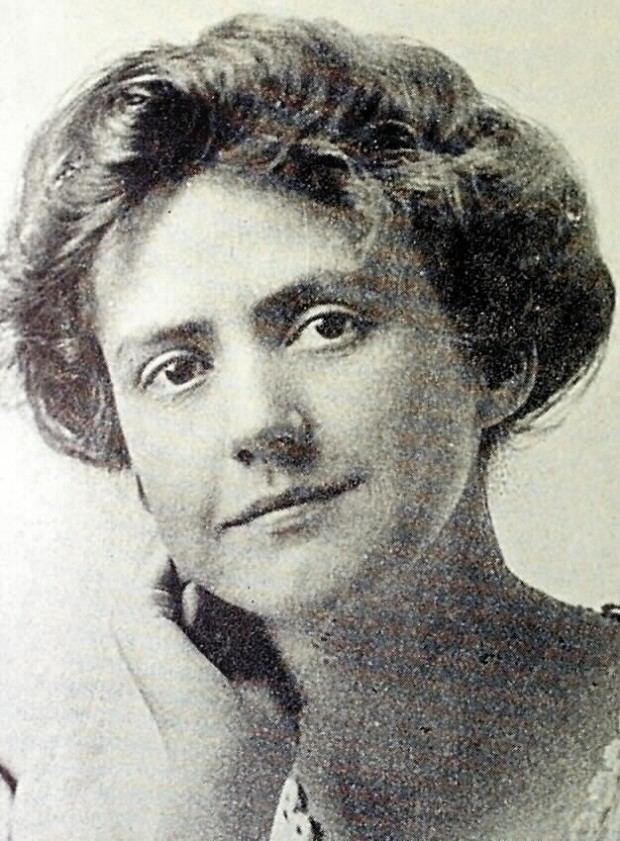
Glaspell is known to have composed nine novels, fifteen plays, over fifty short stories and one biography. Often set in her native Midwest, these semi-autobiographical tales typically explore contemporary social issues, such as gender, ethics and dissent, while featuring deep, sympathetic characters who make principled stands.
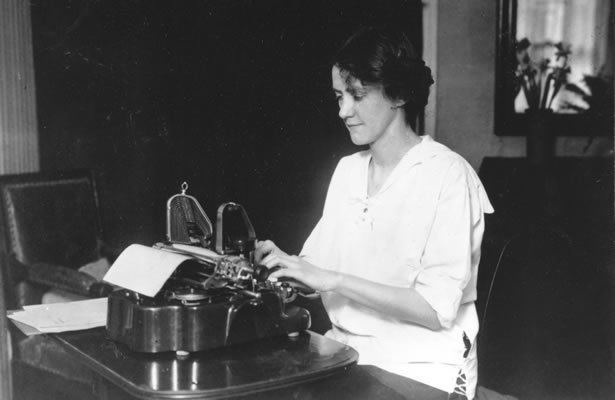
A best-selling author in her own time, Glaspell's stories fell out of print after her death, during which time she was remembered primarily for discovering Eugene O'Neill. Critical reassessment has led to renewed interest in her career, and she is today recognized as a pioneering feminist writer and America's first important modern female playwright. Her one-act play Trifles (1916) is frequently cited as one of the greatest works of American theatre, though she remains, according to Britain's leading theatre critic Michael Billington, "American drama's best kept secret."

Susan glaspell
Early life and career
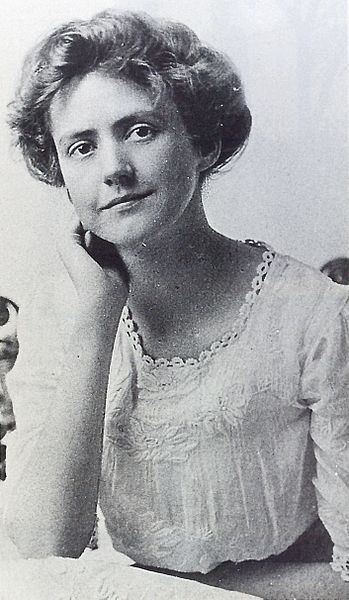
Susan Glaspell was born in 1876 to Elmer Glaspell, a hay farmer, and Alice Keating, a public school teacher. She had an older brother, Raymond, and a younger brother, Frank. She was raised on a rural homestead just below the bluffs of the Mississippi River along the western edge of Davenport, Iowa, on property bought from the US Government by her great-grandfather following the Black Hawk Purchase. Having a fairly conservative upbringing, "Susie" was remembered as "a precocious child" who would often rescue stray animals. With the family farm increasingly surrounded by suburban development, Glaspell's worldview was shaped by the pioneer tales of her grandmother, who told of regular visits by Indians to the farm in the years before Iowa statehood. Growing up directly across the river from Black Hawk's ancestral village, Glaspell was also influenced by the Sauk leader's autiobiography, who wrote that Americans should be worthy inheritors of the land. During the Panic of 1893, the farm was sold and Glaspell moved with her family into the city.
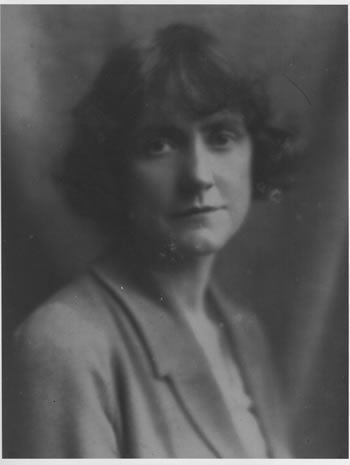
Glaspell was an active student in Davenport's public schools, taking an advanced course of study and giving a commencement speech at her 1894 graduation. By age eighteen she was earning a regular salary as a journalist for a local newspaper, and by twenty she authored a weekly 'Society' column which lampooned Davenport's upper class. At twenty-one Glaspell enrolled at Drake University, against the then-prevailing local belief that college made women unfit for marriage. A philosophy major, she excelled in male-dominated debate competitions, winning the right to represent Drake at the state debate tournament her senior year. A Des Moines Daily News' article on her graduation ceremony cited Glaspell as "a leader in the social and intellectual life of the university." The day after graduation, Glaspell began working full-time for the paper as a reporter, a rare position for a woman, particularly that she was assigned to cover the state legislature and murder cases.
After covering the conviction of a woman accused of murdering her abusive husband, Glaspell abruptly resigned at age twenty-four and moved back to Davenport to focus on writing fiction. Unlike most new writers, her stories were eagerly published by the most widely read periodicals, including Harper's, Munsey's, Ladies' Home Journal, and Woman's Home Companion. A large cash prize from a short story magazine financed her transition to Chicago, where she composed her first novel, The Glory of the Conquered, published in 1909. A best-seller, The New York Times declared, "Unless Susan Glaspell is an assumed name covering that of some already well-known author—and the book has qualities so out of the ordinary in American fiction and so individual that this does not seem likely—The Glory of the Conquered brings forward a new author of fine and notable gifts." Glaspell's second novel, The Visioning, was published in 1911. The New York Times said of the book, "it does prove Miss Glaspell's staying power, her possession of abilities that put her high among the ranks of American storytellers." Her third novel, Fidelity, was published in 1915. The New York Times called it "a big and real contribution to American novels."
Theatre
While in Davenport, Glaspell associated with other local writers to form the Davenport group. Among them was George Cram Cook, a wealthy classics professor and gentleman farmer. Though he was already in his second, troubled marriage, Glaspell fell in love with him, and they wed in 1913. To escape Davenport's disapproving gossip, Glaspell and Cook moved to New York City's Greenwich Village, where they became key participants in America's first avant-garde artistic movement, and associated with many of the era's most well-known social reformers and activists, including Upton Sinclair, Emma Goldman, and John Reed. Glaspell became a leading member of Heterodoxy, an early feminist debating group composed of the premier women's rights crusaders. After a series of miscarriages, she underwent surgery to remove a fibroid tumor pressed against her uterus. Still weak from the operation, Glaspell and Cook started a nonprofit theatre company in a refurbished fishing wharf across the road from their rented summer cottage in Provincetown, Cape Cod. The Provincetown Playhouse would be devoted to creating artistic plays which reflected contemporary American issues, in rejection of the more commercial and escapist melodramas produced on Broadway.
Despite the successes of her earlier fiction, Glaspell would be most remembered for the twelve groundbreaking plays she submitted to the company over the next seven years. Her first play, Trifles (1916), was based on the murder trial she covered as a young reporter in Des Moines prior to her resignation. Today considered an early feminist masterpiece, it was an instant success, riveting audiences with its daring views of justice and morality. It has since become one of the most anthologized works in American theatre history. In 1921 she completed Inheritors; following three generations of a pioneer family, it is perhaps America's first modern historical drama. This same year she also finished The Verge, one of the earliest American works of expressionist art.
Believing an amateur staff would lead to increased innovation, the Provincetown playwrights often participated directly in the production of their own plays. Though untrained, Glaspell would receive further acclaim as an actress. William Zorach, an early member of the group, reported "she had only to be on the stage and the play and the audience came alive." French theatre director and critic Jacques Copeau was moved to tears by a Glaspell performance, calling her "a truly great actress."
Once established, the theater was moved from Cape Cod to New York City. While considering new plays to produce, Glaspell discovered Eugene O'Neill, who would eventually be recognized as one of the greatest playwrights in American history. Other notables associated with the group include Edna St. Vincent Millay, Theodore Dreiser, and Glaspell's fellow Davenport group friend Floyd Dell. As the company became more successful, playwrights began to view it as a launchpad to other, more commercial theatre venues, a violation of the group's original purpose. Cook and Glaspell decided to leave the company they founded, which had become 'too successful'. Glaspell was by now at the height of her theatre career, with her most recently written play, The Verge, bringing the most praise. In 1922 Glaspell and Cook moved to Delphi, Greece. Cook died there in 1924 of glanders.
From the onset, Glaspell's plays were also published in print form, receiving laudatory reviews by New York's most prestigious periodicals. By 1918 Glaspell was already considered one of America's most significant new playwrights. In 1920 her plays began to be printed in England by the highly reputable British publisher, Small & Maynard. Here, she would be better received than in America. Hailed as a genius, English critics ranked her above O'Neill, and compared her favorably to the most important playwright since Shakespeare, Henrik Ibsen. To satisfy demand for Glaspell's writing, a British version of her novel Fidelity was published, going through five editions in five weeks. When Inheritors was produced for England in 1925, every leading newspaper and literary magazine published an extensive review, most unanimous in their praise. One enthusiastic reviewer claimed, "this play will live when Liverpool is a rubbish heap." However, the impact and critical success of Glaspell's theatre work did not translate into financial gain. In order to support herself and her husband during their years with the theater, Glaspell continued to submit short stories to the top periodicals for publication. Literary scholars consider the stories from this period her finest, and it was during her time as a playwright that Glaspell also established herself as "a central figure in the development of the modern American short story."
Late career
Glaspell returned to Cape Cod after Cook's death, where she wrote a well-received biography and tribute to her late husband, The Road to the Temple (1927). During the late twenties she was romantically involved with the younger writer Norman H. Matson. In this period she wrote three best-selling novels, which she considered personal favorites: Brook Evans (1928), Fugitive's Return (1929), and Ambrose Holt and Family (1931). She also wrote the play Alison's House (1931), for which she was awarded the Pulitzer Prize. In 1932 Glaspell's relationship with Matson ended after eight years, and she fell into her first and only period of low productivity as she struggled with depression, alcoholism, and poor health.
In 1936 Glaspell moved to Chicago after being appointed Midwest Bureau Director of the Federal Theater Project. Over the next few years she reconnected with siblings and regained control of her drinking and creativity. Glaspell returned to Cape Cod when her work for the Federal Theater Project was finished. The time she spent back in the Midwest influenced her work, and her last three novels increasingly focused on the region, on family life, and on theistic questions. They included The Morning is Near Us (1939), Norma Ashe (1942), and Judd Rankin's Daughter (1945).
Susan Glaspell died of viral pneumonia in Provincetown on July 28, 1948.
Legacy
Glaspell was highly regarded in her time, and was well known as a Pulitzer Prize-winning playwright. Her short stories were regularly printed in the era's top periodicals, and her New York Times obituary states that she was "one of the nation's most widely-read novelists." However, Glaspell's idealistic tales of strong and independent female protagonists lost popularity in the post-war era of female domesticity, and her novels fell out of print after her death. Furthermore, in 1940 a new generation of influential Broadway-based critics began publishing derogatory reviews of her plays, having a sizable effect on her long-term standing. Exacerbating the issue was Glaspell's reluctance to seek publicity and her tendency to downplay her own accomplishments, perhaps a result of her modest Midwestern upbringing. Accordingly, in the United States her work was seriously neglected for many years. Internationally, she received some attention by scholars who were primarily interested in her more experimental work from the Provincetown years.
In the late 1970s feminist critics began to reevaluate Glaspell's career, and interest in her work has grown steadily ever since. Today, Glaspell scholarship is a "burgeoning" field, with several book-length biographies and analyses of her writing being published by university presses in recent years. After a century of being out of print, a large portion of her work has recently seen republication. With major achievements in drama, novel, and short fiction, Glaspell is often cited as a "prime example" of an overlooked female writer deserving canonization. Perhaps the originator of modern American theater, Glaspell has been called "the First Lady of American Drama" and "the Mother of American Drama." In 2003 the International Susan Glaspell Society was founded, with the aim of promoting "the recognition of Susan Glaspell as a major American dramatist and fiction writer." Her plays are frequently performed by college and university theater departments, but she has become more widely known for her often-anthologized works: the one-act play Trifles, and its short-story adaptation, "A Jury of Her Peers". In the last twenty years these two items have become staples of theatre and Women's Studies curricula across the United States and the world.
Recent productions
New York
The Mint Theater in New York City produced Alison's House in 1999 under the direction of Linda Ames Key. The Metropolitan Playhouse staged Inheritors in 2005; the production was directed by Yvonne Opffer Conybeare. The Ontological Hysteric Incubator Arts project put on two plays by Glaspell, The Verge in 2009 directed by Alice Reagan, and Trifles in 2010 directed by Brooke O'Harra and Brendan Connelly.
In September 2015, celebrating the centenary of Provincetown Players, Michael Heitzler and Jack Herholdt presented a 12-hour celebration featuring 10 of Glaspell's plays in a single day.
London
In 1996 the Orange Tree Theatre in Richmond, London, began a long association with the plays of Susan Glaspell. As of 2013 the theater has produced three of Glaspell's one-act plays and five of Glaspell's full-length plays, including the first ever production of Glaspell's unpublished final play, Springs Eternal. In his 2008 programme note for Inheritors, Orange Tree director Sam Walters wrote: "In 1996... I felt we had rediscovered a really important writer. Now, whenever I talk to American students, which I do quite often, I try my 'Glaspell test'. I simply ask them if they have heard of her, and almost always none of them have. Then I mention Trifles, and some realize they have heard of that much-anthologized short play. So even in her own country she is shamefully neglected. And when I type Glaspell on my computer it always wants to change it to Gaskell."
Fiction
Novels
